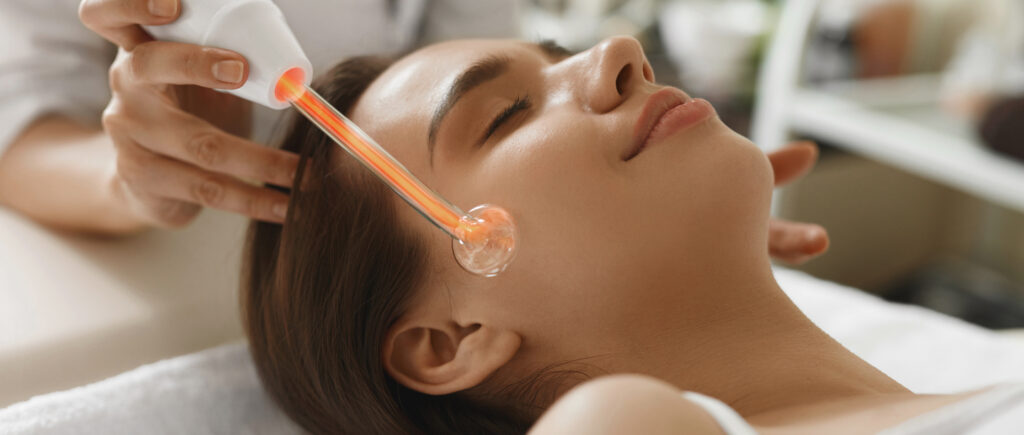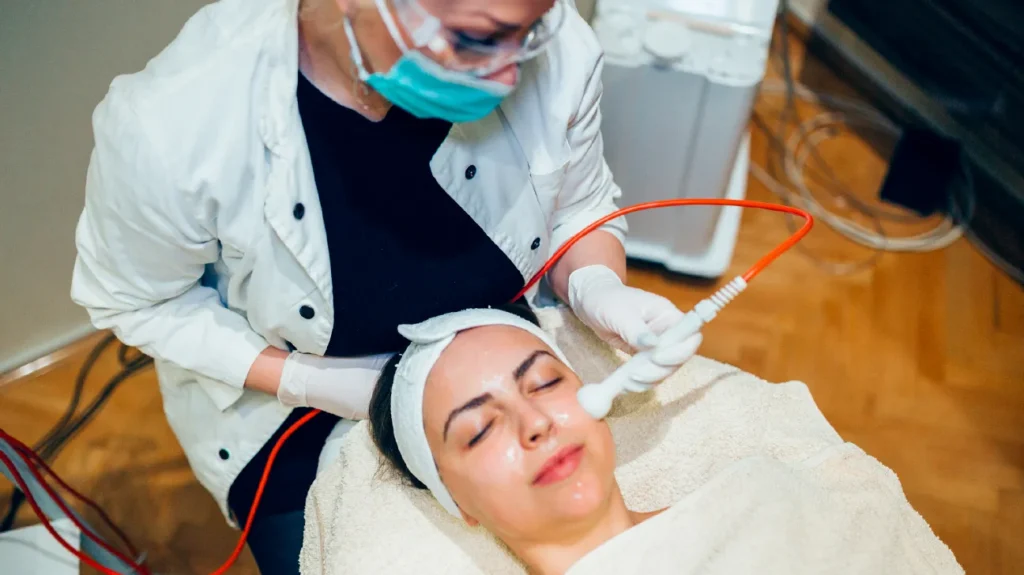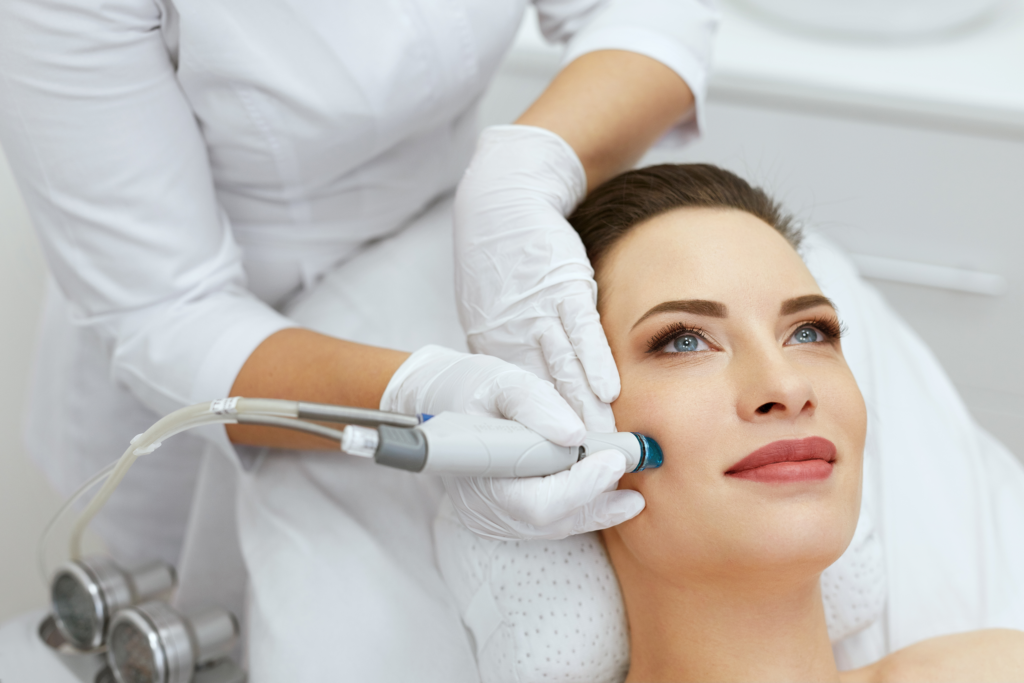Many of us who have spent adequate time in spas and beauty salons have used countless machines for our hair, skin and nails. However, many of us don’t know what those machines are doing, what technology they are using or how or why they even work. Here we will explore several such devices as well as the technology behind them.
HAIR DRYERS VS. OZONE (IONIC) HAIR DRYERS
While most of us are familiar with the normal hair dryers at our favorite beauty salons which simply blow warm air to speed up the hair drying process, few of us know about or understand ozone or “ionic” hair dryers. Ionic hair dryers, in addition to drying hair with warm air, emit a slightly negative electric field which reduces the static electricity that is typically experienced during hair drying as the bonds of the positively charged water molecules in the wet hair are broken. This means that instead of having strands of hair which are sticking up in the air after a drying session, the hair will lie down as it normally does. Some people find this convenient and, obviously, aesthetically pleasing. However, considering that most of the static electricity that occurs when drying hair disappears within a few minutes, having an ionic component to your spa or salon’s hair dryers is not completely necessary.
HIGH FREQUENCY FACIAL MACHINES
High frequency facial machines probably have some of the most interesting technology (and appearances) when it comes to beauty devices. They definitely look futuristic. However, what is really occurring is that neon or argon gas trapped inside the electrical node receives and passes a small amount of electrical current to the client’s skin surface. When the nodes touch the client’s skin, oxygen-enriched molecules are produced which push away toxins and help the tissue accept more nutrients which is why this treatment, regardless of whether neon or argon gas is used, is helpful for acne and anti-aging goals.

RADIOFREQUENCY SKIN MACHINES
Radiofrequency skin and beauty machines actually use “radiation” in the name of skin tightening, wrinkle reduction, face contouring and body contouring. When people hear the word “radiation,” their first response might be one of fear as radiation has connotations with a plethora of negative occurrences ranging from skin damage from the sun to nuclear power accidents. However, radiation is really just energy in the form of electromagnetic waves. Even wifi signals and microwaves fit this definition. In beauty machines, these radiofrequency waves provide their benefits mainly through stimulating the production of collagen and reversing or protecting against the damage of other types of radiation like the UV rays from the sun. However, there have also been small studies which show promise in these machines as non-surgical alternatives to facial and body contouring.

HYDRODERMABRASION
While there are numerous types of dermabrasion practices in the beauty industry, hydrodermabrasion is a gentler way to perform dermabrasion and, depending on the particular client’s skin, may be a better option for dermabrasion. In a deviation from microdermabrasion which uses crystals, hydrodermabrasion uses only water and oxygen. For this reason it is better than microdermabrasion for people with sensitive skin or certain skin conditions. Microdermabrasion may still be slightly more “powerful” in its ability to smooth and resurface skin but both dermabrasion practices have the potential to produce quality results.

LED LIGHT SKIN THERAPY
At first glance, LED light therapy may not seem to have the potential of some of the other treatments listed in this article. For whatever reason, people tend to think of something more ineffectual when considering LED light treatment. However, don’t be fooled, at one point even the Navy SEALS used LED lights as a treatment to help heal wounds better. Also, it is worth noting that NASA was the original developer of LED lights and created these light systems as a way to grow plants in outer space. So, there is no doubt that there is merit to these systems, but how does it work? LED lights, depending on their color, emit different wavelengths of light which penetrate deep into the skin and elicit different benefits. Blue LED light which is said to reduce activity in the sebaceous glands, reduce inflammation and possibly kill certain types of bacteria. For this reason, it is more typically used as an acne treatment and conditions related to excess inflammation or oil in the skin. Red light, on the other hand, is thought to act on Fibroblasts, which are cells that affect collagen production. For this reason, Red light is more typically used to fight wrinkles and scarring. However, many treatments successfully combine the use of both wavelengths of light.
CONCLUSION
As more and more beauty gadgets emerge in the spa and salon market, it is helpful to know how and why they work; not only for personal knowledge but also as a way to better tailor your beauty treatments or your clients’ beauty treatments to each one’s specific needs. For instance, an aesthetician needs to know that a client seeking acne treatment would be better served by blue light LED light therapy as opposed to red. Similarly, an aesthetician, based on the specific skin attributes of their client, should know when it might be more appropriate to use hydrodermabrasion as opposed to microdermabrasion.